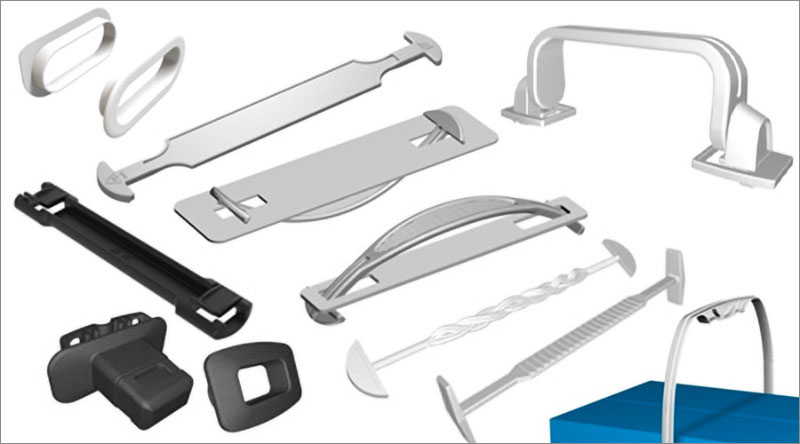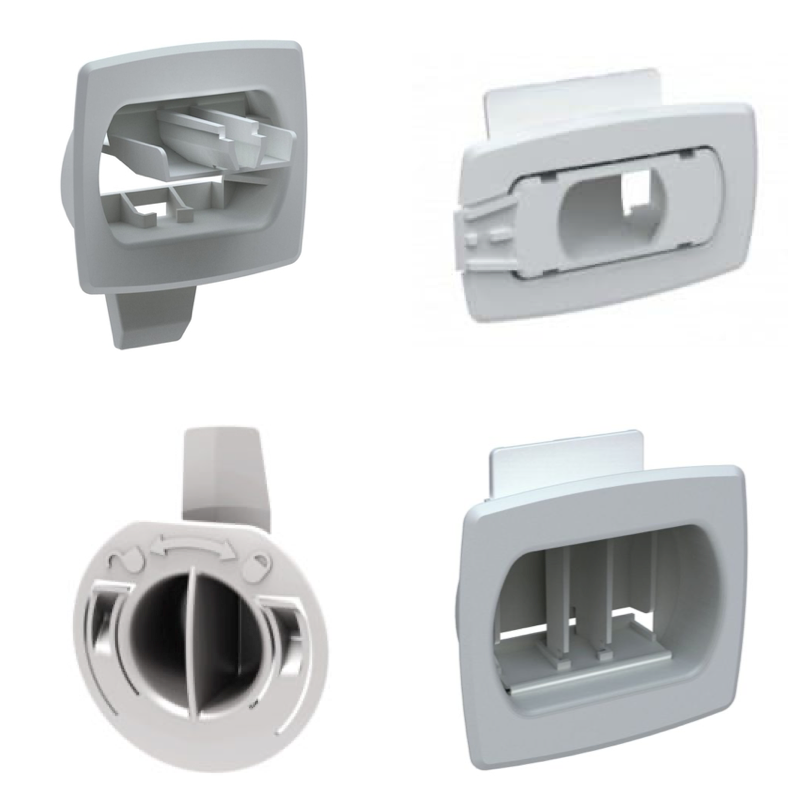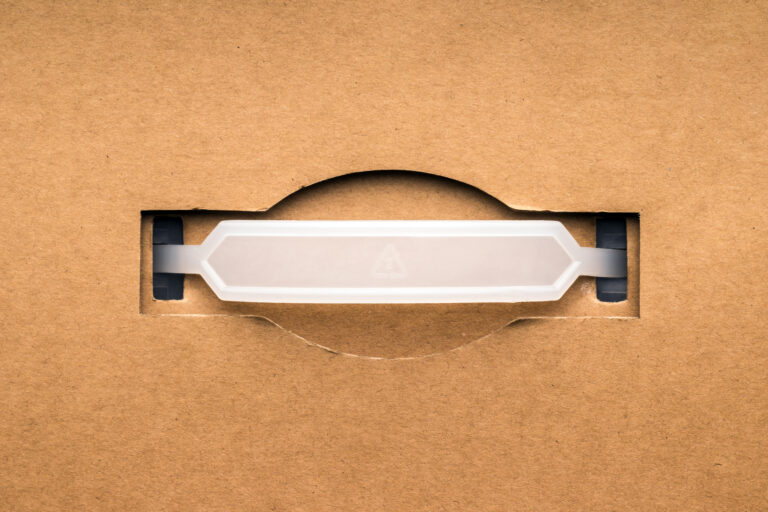Striking a Balance: Designing Plastic Products for Optimal Functionality and Sustainability
 Designing plastic products involves a complex interplay between optimizing functionality and addressing environmental concerns. Striking the right balance is crucial to creating products that perform effectively while minimizing their impact on the environment. In this article, we delve into the multifaceted challenge of designing plastic products, exploring the optimization for functionality and the imperative need for sustainability.
Designing plastic products involves a complex interplay between optimizing functionality and addressing environmental concerns. Striking the right balance is crucial to creating products that perform effectively while minimizing their impact on the environment. In this article, we delve into the multifaceted challenge of designing plastic products, exploring the optimization for functionality and the imperative need for sustainability.
Optimizing for Functionality
Plastics boast a diverse range of properties, including flexibility, durability, and transparency, making them versatile for a myriad of applications. Designing plastic products requires a meticulous approach to optimize their physical and mechanical properties, meeting specific functional requirements such as strength, heat resistance, and barrier properties. Engineers and designers employ strategies such as material selection, structural design, and innovative manufacturing processes to ensure optimal performance.
Balancing Optimization and Sustainability:
- Designing plastic products with sustainability in mind involves minimizing environmental impact throughout their lifecycle, from raw material extraction and production to use and disposal.
 Achieving a balance between optimizing plastic products for functionality and reducing their environmental footprint is a complex challenge.
Achieving a balance between optimizing plastic products for functionality and reducing their environmental footprint is a complex challenge.- Sustainable design principles, such as material efficiency, recyclability, and biodegradability, can be integrated into the design process to mitigate environmental impact.
- This may involve using alternative materials, such as bioplastics or recycled plastics, redesigning products for easier disassembly and recycling, or exploring innovative manufacturing techniques that minimize waste and energy consumption.
- Designers and engineers must consider trade-offs between functional performance, cost, and environmental sustainability when making design decisions.
- Collaborative efforts across industries, including research institutions, manufacturers, policymakers, and consumers, are essential for driving innovation and advancing sustainable practices in plastic design and production.

In summary, the challenge of designing plastic products lies in optimizing functionality while concurrently addressing environmental concerns and promoting sustainability. Adopting holistic and innovative approaches to design is imperative for the industry to minimize the negative impacts of plastics while maximizing their benefits in various applications.
